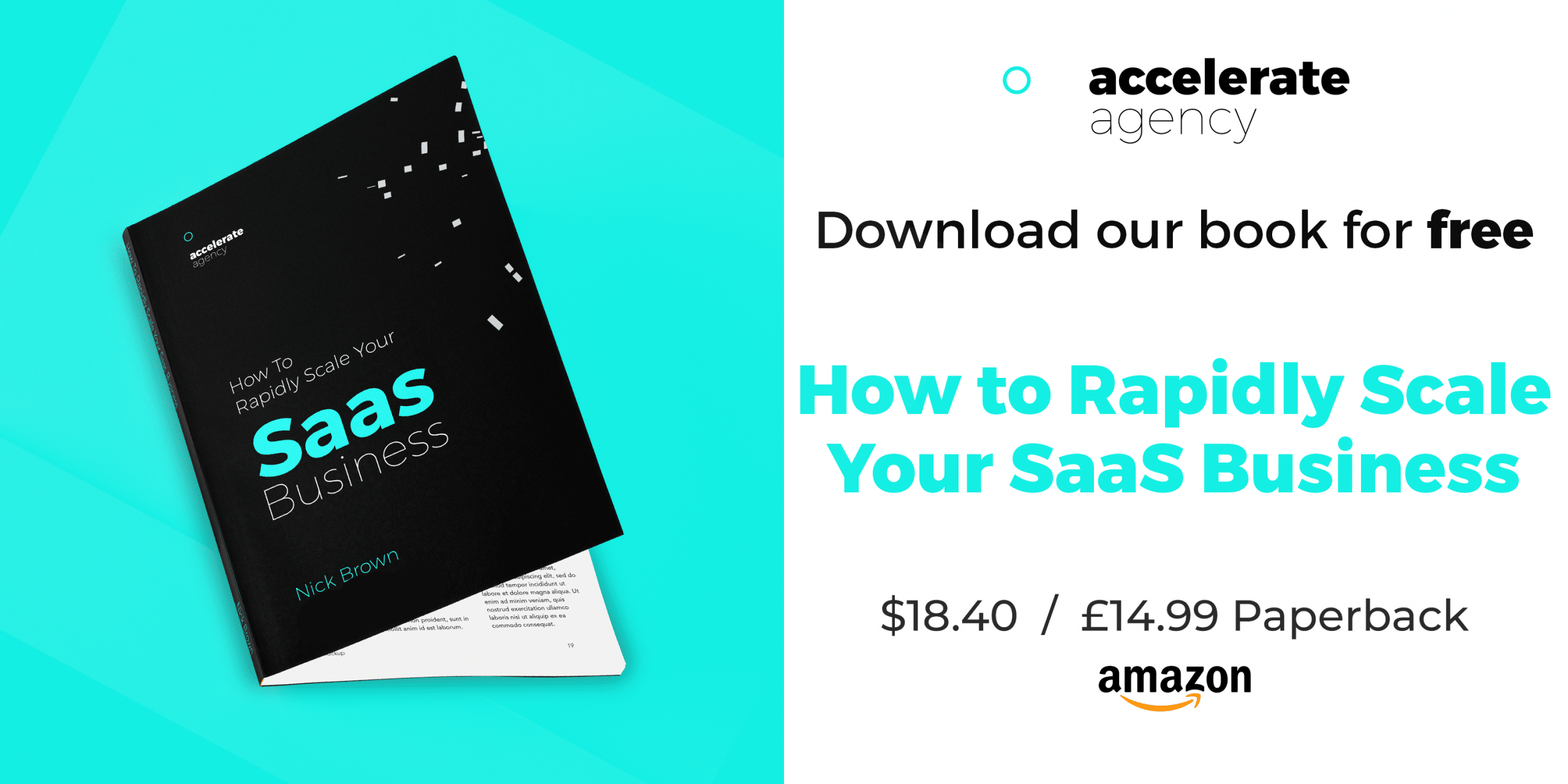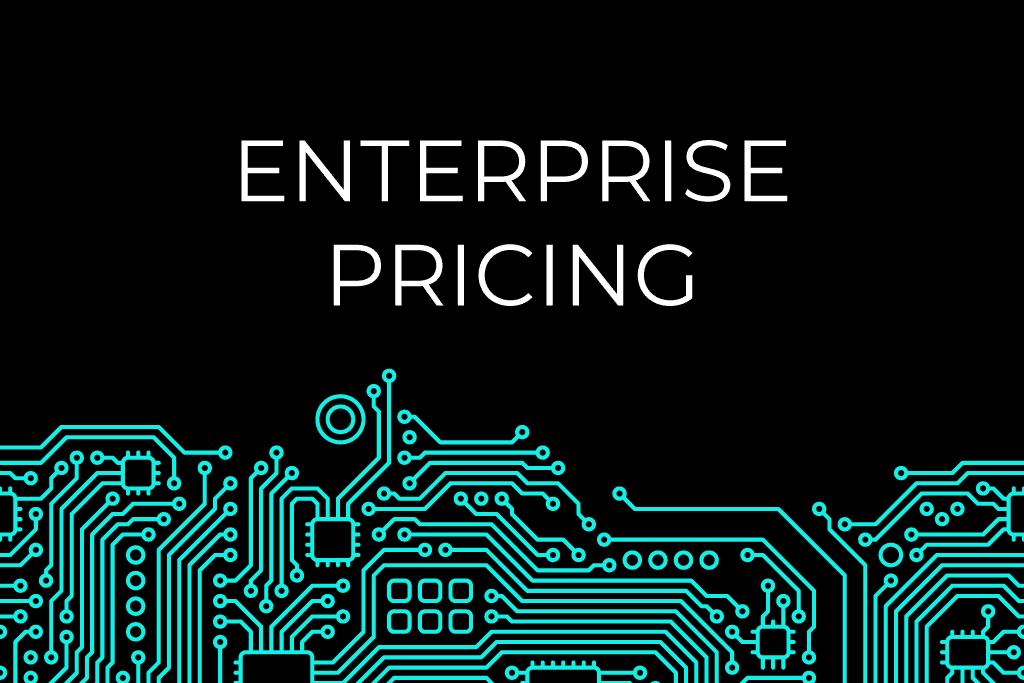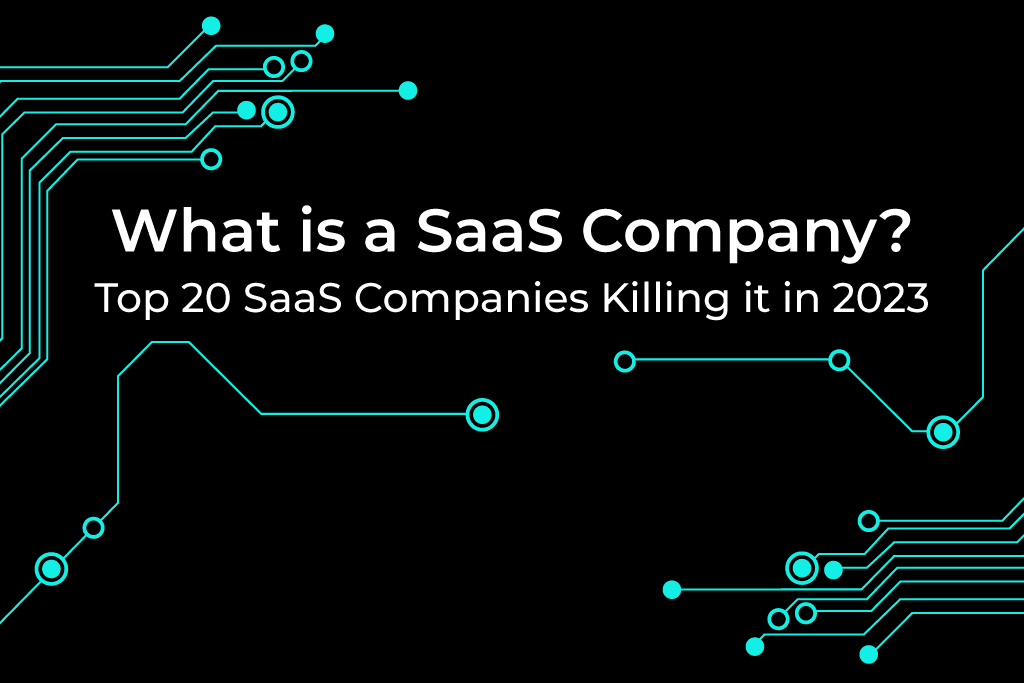How SaaS companies can predict their customer churn
Customer retention is a vital pillar of any business that works on a subscription-based model. For telecom companies and other service providers, retaining customers is important. For SaaS firms, it’s key to their survival.
The SaaS business model relies on getting recurring revenue from customers. They must provide a steady stream of cash throughout their lifetime with the company. Elongating customer lifetime, then, is a crucial way for SaaS firms to scale. It’s as important as marketing and promoting their site to new customers – if not more so.
Once a customer has abandoned your SaaS firm, it’s tough to win them back. They’ve made up their mind about your service, and there are undoubtedly other options to which they can turn. The best customer retention, then, is proactive. You must look to keep customers as happy as possible. That helps remove the risk of them taking their custom elsewhere.
How, though, do you know how likely any one customer is to take their business to a competitor? How can you find out which clients you need to focus your efforts on? The answer may be through customer churn prediction and analysis.
Book a Consultation
What is Customer Churn & Why Does it Matter?
Customer churn is the name given to when customers – and mainly subscribers to a service – abandon a business. A customer has churned when they fail to renew the service. They have also churned if they actively end a subscription.
The customer churn metric is key to SaaS businesses. To succeed, companies must keep customer churn to an absolute minimum. Every customer that abandons the firm damages its bottom line in two distinct ways.
First, the company loses the regular income it gets from the customer’s subscription. On top of that, the firm must also spend more on marketing and promotion to replace the customer. If they allow their customer base to shrink, turnover and profits will start to track rapidly downwards.

Customers can churn for many different reasons. Bad experiences with your business or service will very often lead to churn. In other cases, simple service fatigue can explain churn. Service users may find over time that the service no longer satisfies their needs.
Whatever the reason, churn is something any SaaS firm must keep a handle on. Left unchecked, it can get out of hand quickly. As Michael Redbord, general manager of Service Hub at HubSpot explains:
“In a subscription-based business, even a small rate of monthly/quarterly churn will compound quickly over time. Just 1 percent monthly churn translates to almost 12 percent yearly churn. Given that it’s far more expensive to acquire a new customer than to retain an existing one, businesses with high churn rates will quickly find themselves in a financial hole.”
Wouldn’t it be great, then, if you could predict and pre-empt customer churn?
The Difficulties & Importance of Predicting Customer Churn
Customer retention and customer acquisition are the two options for combatting customer churn. Firms must either try to prevent customers from leaving or bring new customers on board. Ideally, they’d want to add more new customers than leave. Moreover, customer retention is often much more cost-effective than customer acquisition.

Many firms still favour acquisition, however. That’s because they know how, when, and where to market their products to new customers. Understanding the best ways to boost customer retention is trickier. It takes a lot more time and effort.
Businesses can’t spend that time and effort – not to mention finance – on each customer. That would not be viable. What they need to predict in advance the customers at risk of churning. They can then focus their retention efforts on those individuals.
What we’ve just described is customer churn prediction. It’s a process made possible by cutting-edge data gathering and analytics tools. By collecting data, and developing a model from it, you can identify the customers most likely to leave. With that knowledge, you can do whatever’s necessary to keep them from doing so.
Read on, and you’ll learn a simple way of carrying out that invaluable customer churn prediction and analysis.
How to Perform Customer Churn Prediction & Analysis
Customer churn prediction works on a straightforward premise. You can predict how likely a customer is to churn based on how they’ve recently used your service. You’re looking to answer if a customer is going to leave within a specific period. I.e., are they going to cancel their subscription within the next month?
The result of such a prediction will be either a ‘yes’ or a ‘no’ answer. Any customers for whom the answer is ‘yes,’ you can then reach out to and work to change that answer. If the ‘yes’ or ‘no’ answer is the output of the process, customer data on service usage is the input. Gathering data, then, is the first step of a three-step customer churn prediction and analysis process:
- Collecting data
- Creating a predictive model from your dataset
- Using the model to predict customer churn
Collecting Data
The predictive model you’re going to create utilises machine learning. Machine learning is an AI-based data analysis technique. The simplest way to explain the process is via pattern recognition. Models are ‘trained’ so that they can ID and recognise patterns in data.
The ‘training’ process involves presenting the model with as much data as possible. It then discerns the patterns and relationships between the data. Ultimately, the model can apply what it has ‘learned’ to any new data set that it gets presented. It’s, therefore, able to predict possible future actions based on past patterns.

The first step to customer churn prediction is collecting data to train your model. The data you need should relate to current or former customers who both have and haven’t left your company. That way, you can compare all present and future customer data on customers who did and didn’t churn.
Your data needs to contain as much information about customers as possible. Each piece of customer information is called a feature. The more customer features you can gather, the more accurate your model will be. It will, after all, be able to recognise patterns that relate to a broader range of features.
For customer churn prediction, there are four main areas to focus on:
- Customer Features – This is data related to the individual characteristics of each customer. It can include anything from age and gender to education level and income.
- Support Features – Information related to how customers interact with your customer support. This data can include how often they contacted your support staff or the subjects of their queries.
- Usage Features – Any data you can gather on how each customer has used your service. For instance, how frequently they log in or how long it is since they last did so. If you can collect info on how long they spend on your app or what actions they take when there, all the better.
- Contextual Features – This is a catch-all for all other data you can gather. Do you know, for example, via which type of device they access your service? Can you identify the customer support agent they’ve contacted the most?
Customer churn prediction is about finding customers who may soon leave you. When collecting data, you need to quantify ‘soon.’ Decide what the exact question you want your model to answer. Is it:
- Will a customer churn within one month?
- Will a customer churn within three months?
- Will a customer churn within six months?
The exact question you choose depends on your business. It’s essential to define that so you can collect the correct data to train your model. Take, for example, question ‘a)’ above. If that’s what you wish to answer, you need to include historical customer data.
This information can be used to predict the actions of existing customers. Your features should relate to customer activity, both past, and present.

To make it easy to use your data for a predictive model, you’ll want to create a CSV file. That file should have a row for each customer and a column for each feature. The ‘yes’ or ‘no’ output, as to whether the customer churned should form one of those columns. The file might look something like the image above.
Creating a Predictive Model
Don’t let all the talk so far of data, machine learning, and predictive modelling put you off. Once you’ve collected your data, the hard part of customer churn prediction is behind you. From here on out, you can lean on prediction services to do the hard yards for you.
There are a couple of predictive services you can choose from:
Both of those services create predictive models based on data that you upload to them. Upload the CSV file you’ve created, and they’ll do the rest for you. You can see more details on how to use BigML to build a predictive model here.
What you end up with is a ‘decision tree’ visualisation of your model. It will look something like this:

Each coloured circle on the tree represents a question related to your customer features. Every branch represents a possible answer. Work your way down to the bottom, and you’ll find a circle with your final output value. In the case of customer churn, that’s if a customer churned or not.
Using The Model to Predict Churn
You now have a model that recognises and understands patterns in data on customer churn. What you need now is to use it to make predictions. For that, you first have to collect current data related to your existing customers.
That data needs to match the data used to build your model, except that it won’t include the ‘yes’ or ‘no’ output for churn. You can then upload the new data to your chosen predictive service. That works in the same way as uploading your original CSV file.
From there, the way to generate predictions differs according to the service you use. To take BigML as an example once again, you need to follow these straightforward steps:
- Access your model and choose ‘Batch Prediction’ from the lightning bolt icon menu.
- You’ll then see two drop-down menus. Choose your model in the left-hand one and your new customer dataset in the right-hand one.
- Click the ‘Configure’ option and then choose ‘Output Settings.’
- You can then tailor how you want to view your predictions. You want to choose a CSV file output and then adapt the display of that file as you see fit.
- Click the green ‘Predict’ button. On the following page, click ‘Download Batch Prediction.’
- You’ll then have a file you can open with any spreadsheet program. Your model’s predictions of which customers will churn in your chosen timeframe will display in the ‘Churn’ column.
Just like that, you’ve got a list of customers at risk of churning. These are the customers you need to contact. They’re the customers on whom you can focus your customer retention efforts.
Persuade even one of them to stay when they might have left, and you’ve made a difference to your bottom line without spending nearly as much money, time, or effort as you would acquiring a new customer.
Customer Churn Prediction & Analysis; Proactive Customer Retention
Customer churn prediction and analysis can help improve customer retention. As a SaaS business, making such improvements can be the difference between success and failure.
Reducing customer churn is how you can keep your monthly revenue steady, even if you’re struggling to attract new customers. It’s also how you can get the most benefit from customer acquisition. New customers earned, after all, won’t merely be replacing those you’re losing. They’ll be adding to your customer base and helping you scale your company.
The beauty of customer churn prediction is that it allows you to make customer retention proactive. You can learn when a customer may be about to leave you.
That allows you to take steps to keep them on board. You can reach out and solve the issues that might otherwise cause the customers to churn — all by merely collecting data and plugging it into an intelligent prediction service.



